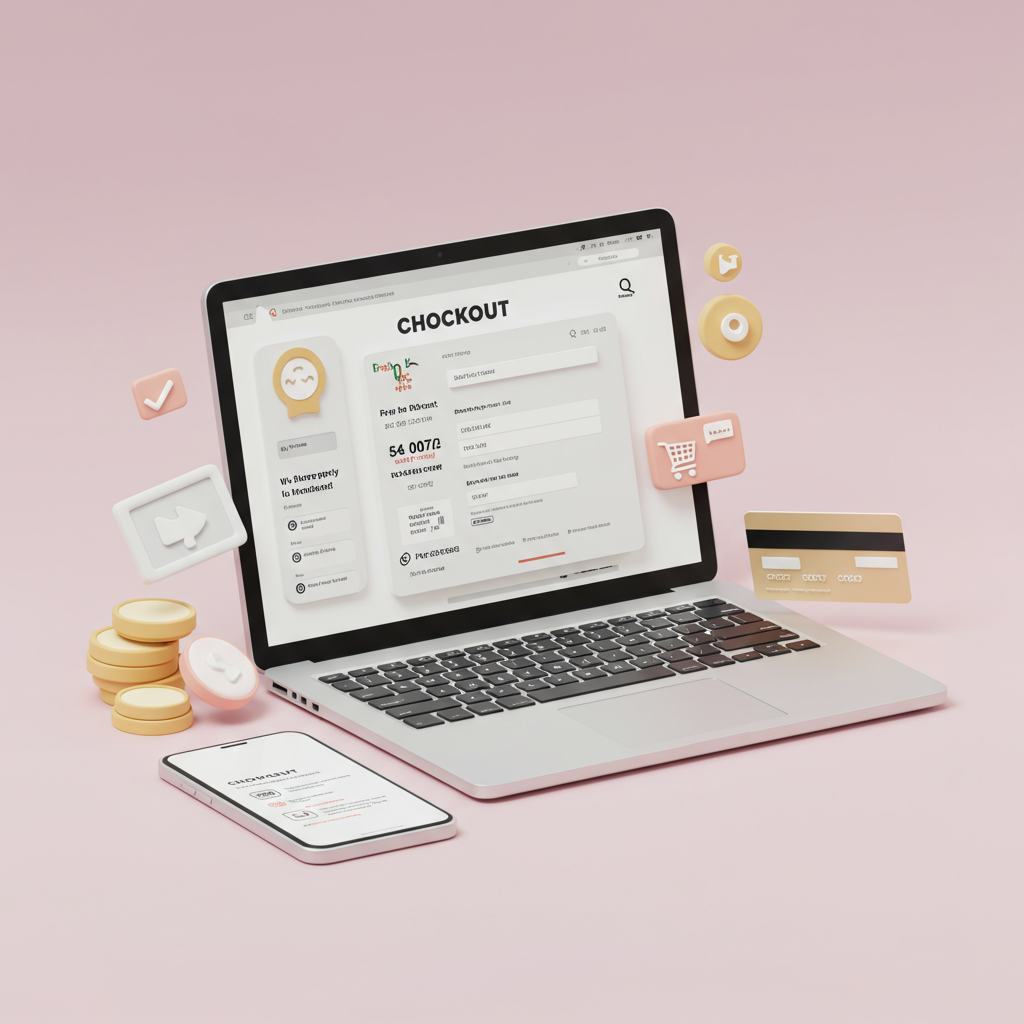How I Transformed My Store’s Conversion Rates by Optimizing the Final Step of the Customer Journey.
As a Shopify merchant, I’ve learned that the checkout process isn’t just the final step in a customer’s journey; it’s a critical make-or-break moment for my sales.
It’s where all the hard work of attracting, engaging, and convincing a customer culminates. A smooth, efficient, and trustworthy checkout can significantly boost conversion rates.
Conversely, a clunky, slow, or confusing checkout can lead to frustrating abandoned carts, costing me valuable revenue. That’s why I’ve dedicated considerable time to optimizing my Shopify checkout experience.
My primary goal has always been to make it as effortless as possible for my customers to complete their purchase. Every friction point removed is a step closer to a sale.
One of the first things I focused on was **speed and performance**. Customers are incredibly impatient, especially on mobile devices. A slow loading checkout page is a guaranteed conversion killer.
I regularly check my site’s speed using tools like Google PageSpeed Insights. While Shopify handles much of the backend, I ensure my theme is optimized and I’m not using too many heavy apps.
Minimizing image sizes on product pages and throughout the site, even if they don’t directly load on the checkout page, helps the overall site feel snappier, leading to a better user experience leading *into* checkout.
Next, I honed in on **design and user interface**. Shopify’s default checkout is clean, but I ensure it aligns with my brand’s aesthetic without adding unnecessary clutter.
I keep the layout clean, with clear calls to action. The progress bar at the top, showing “Information > Shipping > Payment,” is invaluable for setting customer expectations.
**Mobile responsiveness** is non-negotiable. A vast majority of my customers shop on their phones, so I constantly test the checkout flow on various devices to ensure it’s perfectly optimized for smaller screens.
**Trust and security** are paramount. I prominently display security badges, like SSL certificates (which Shopify provides by default), and logos of accepted payment methods.
Social proof, like customer testimonials or review snippets, can also be subtly integrated on product pages leading to checkout, reinforcing confidence.
Offering a variety of **payment options** is crucial. Beyond standard credit cards, I’ve enabled Shop Pay, PayPal, Google Pay, and Apple Pay.
**Shop Pay** has been a game-changer for me. Its one-click checkout functionality for returning customers is incredibly fast and convenient, significantly reducing friction. I highly recommend enabling it.
Clear and transparent **shipping options** are another must. I ensure my shipping rates are clearly displayed early in the process, ideally before customers even reach the payment step.
Providing estimated delivery times, even if broad, helps manage customer expectations and reduces anxiety. No one likes surprises at the end of a purchase.
I also consider the **guest checkout vs. account creation** dilemma. While I’d love every customer to create an account for future marketing, forcing it can deter first-time buyers.
Shopify’s default allows guest checkout, which I strongly support. I make account creation an *option* at the end, perhaps with a small incentive, rather than a requirement.
**Abandoned cart recovery** isn’t strictly part of the *checkout* experience, but it’s a vital safety net. I’ve set up automated email sequences to gently remind customers about their abandoned items.
These emails often include a direct link back to their cart, making it easy for them to pick up where they left off. Sometimes, a small discount can seal the deal.
I’ve also experimented with subtle **upsells or cross-sells**. Shopify’s post-purchase upsell feature is fantastic, allowing me to offer complementary products *after* the initial purchase is complete, without interrupting the checkout flow.
For the forms themselves, I ensure **form optimization**. Clear labels, auto-fill capabilities (which browsers often handle), and real-time error validation make data entry less frustrating.
I avoid asking for unnecessary information. Only collect what’s absolutely essential for the order.
For international customers, **localization** is key. Shopify’s multi-currency feature helps, allowing customers to see prices in their local currency, which builds trust and clarity.
Finally, I can’t stress enough the importance of **testing and analytics**. I regularly conduct A/B tests on different elements of my checkout, like button colors or text.
I use tools like Google Analytics to track conversion rates at each step of the checkout funnel, identifying where customers might be dropping off. Heatmaps can also reveal user behavior.
This data-driven approach allows me to make informed decisions rather than guessing. It’s an ongoing process of refinement.
What do you think about this article? Have you implemented any of these strategies, or do you have other tips to share?
By continuously optimizing my Shopify checkout, I’ve seen a noticeable improvement in my conversion rates and, more importantly, in customer satisfaction. It’s an investment that truly pays off.






